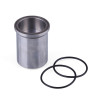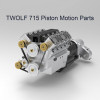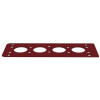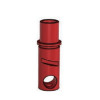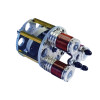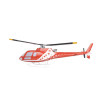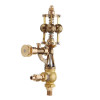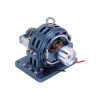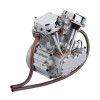I bought a electric starter with 12 tooth pinion gear and it arrived within two weeks, Diyenginemodel have always fulfilled my orders quickly and they are always very helpful, the team are very professional and are a great asset to their company I will always choose their store first.
